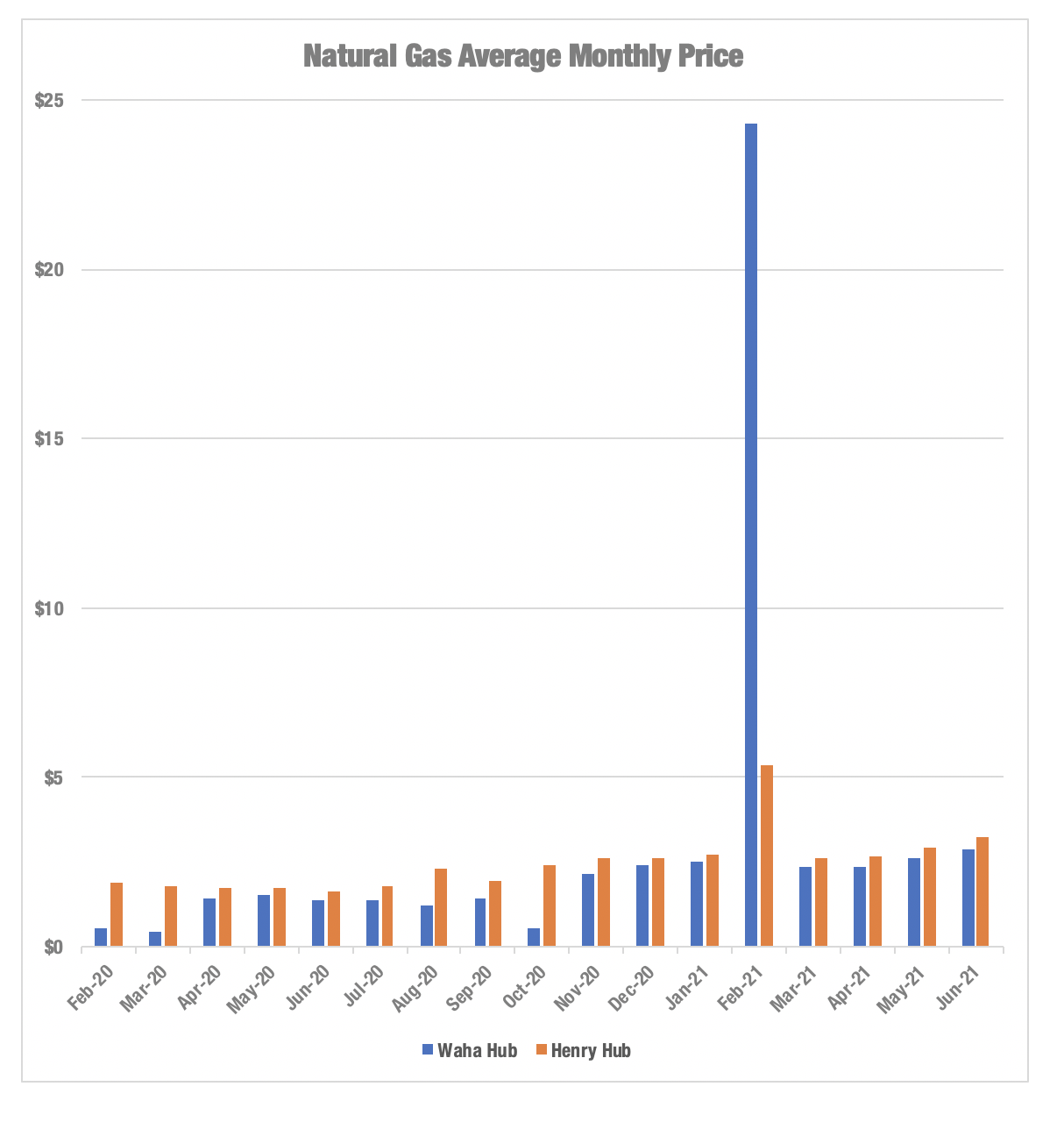
Pinnacle Midstream II LLC is expanding its Dos Picos complex in the Midland Basin. (Source: Hart Energy; Pinnacle Midstream II LLC)
Shrug off news that recent prices of Henry Hub benchmark natural gas are the highest since late 2018. And $4-plus for December 2021 to February 2022? Just a nice holiday gift that, like the 15-year-old Scotch you’ll receive, won’t last.
Instead, focus on this analysis from McKinsey and Co.’s “Global gas outlook to 2050”:
“Gas will be the strongest-growing fossil fuel and will increase by 0.9 percent from 2020 to 2035. It is the only fossil fuel expected to grow beyond 2030, peaking in 2037. From 2035 to 2050, gas demand will decline by 0.4 percent.”
How natural gas will be used will change as a result of the energy transition, but demand will remain strong for quite a while to come. In fact, one of the principal concerns in the data-heavy McKinsey outlook is the potential shortfall in liquefaction capacity.
That’s the kind of forecast that could inspire somebody to want to build a gas processing plant somewhere, maybe even in the Midland Basin to take advantage of abundant volumes of associated gas. Turns out, Greg Sargent was already doing just that.
Built to Grow

Sargent, founder and CEO of Pinnacle Midstream II LLC, had already succeeded with a project in the Delaware Basin. Backed by Energy Spectrum Capital, he told Hart Energy that he was keeping an eye out for an opportunity elsewhere in the Permian, sticking to the adage of “work hard and network, network, network.”
It was Drew Ward, the company’s chief commercial officer, who found a producer in need of a midstream partner. Then it was just a matter of convincing the E&P that Pinnacle should be that partner.
“We went overboard with our preparedness to make a presentation to the producer that made us stand out,” Sargent recalled. The plan worked and the result was the Dos Picos System, a high-pressure, large-diameter gathering and compression facility in the Midland Basin that began operations in the first quarter.
Phase 2 of Dos Picos will be a natural gas processing plant with capacity of 200 million cubic feet per day (MMcf/d). Its targeted in-service date is second-quarter 2022.
And if McKinsey’s expectation is correct, Dos Picos can meet the moment. It is capable of growing along with global gas demand and producer output in the Permian. For now, the company will wait and see.
“We’re not going to get so far over our skis that we have a bunch of idle capacity sitting around,” Ward told Hart Energy. “We’ll be opportunistic in the market and contract up with producers who need expansion facilities. We have a strong commitment from our investors that we can keep up with the growth that shows up, so we want to be mindful of our capital as well as taking care of our customers.”
The plant comes in a standard skid package so growing capacity would be akin to plug and play. The facility will likely be sized to handle more than 200 MMcf/d, Ward said, so if demand warrants, a second package can be integrated into the facility.
Favorable Trends
Pinnacle will base future decisions on demand, not price swings.
“Gas is trading over $4 right now so I think the demand is high but I also think it’s cyclical,” Ward said. “There’s a lot of people trying to replace gas that was in storage during the winter storm, as well as we’re dealing with a hot summer, so naturally gas is going to be coming out.”
While the chart showing Waha and Henry Hub prices over the last 17 months is somewhat distorted by February (on one day during the Texas freeze, Waha’s price eclipsed $200/MMBtu), a steady increase in the average monthly price is apparent.

But future trends also favor Dos Picos. Most of the gas from the complex will head to the Waha Hub, and from there to the West Coast and Mexico, as well as markets in South Texas and the Gulf Coast petrochemical complexes.
McKinsey forecasts an increase in use of natural gas for transportation countered by a decrease in use for power generation in Europe, Japan and North America. The outlook also expects growth in industrial and petrochemical usage after 2035.
The Amazing Midland
Biden administration policies regarding oil and gas production do make many in the industry nervous but the real impact so far appears to be muted. Ward noted that there was plenty of activity on the New Mexico side of the Permian Basin as producers work through permits already approved by the Bureau of Land Management.

And the Midland, where Dos Picos makes its home, has Energizer Bunny-like status among producing basins.
“If you look all the way through to when COVID started and oil went negative for a few days, the activity levels in a lot of other basins diminish fairly quickly,” Ward said. “The unique thing about where our asset base is, while the Midland Basin saw its fair share of reduced activity, it didn’t drop as much as everywhere else, and when people started feeling better about themselves, the economy and what’s going on, the Midland Basin really picked very, very quickly.”
Ironically, the current regulatory uncertainty could do the region a huge favor.
“Obviously, if the administration wants to do something on federal lands, I do think that Midland and the Midland Basin would be a direct beneficiary of that, just because it is a fairly friendly place to operate,” he said.
Sargent, for one, is happy to be there.
“We truly believe that the Midland Basin is one of the best resources in the nation,” he said. “With the crude economics and the associated gas that goes with it, we believe that drilling is going to continue in the Midland Basin for far longer than anywhere else, so we’re very bullish on the Midland Basin.”
Recommended Reading
Seadrill Awarded $97.5 Million in Drillship Contracts
2024-01-30 - Seadrill will also resume management services for its West Auriga drillship earlier than anticipated.
Oceaneering Won $200MM in Manufactured Products Contracts in Q4 2023
2024-02-05 - The revenues from Oceaneering International’s manufactured products contracts range in value from less than $10 million to greater than $100 million.
CNOOC’s Suizhong 36-1/Luda 5-2 Starts Production Offshore China
2024-02-05 - CNOOC plans 118 development wells in the shallow water project in the Bohai Sea — the largest secondary development and adjustment project offshore China.
TotalEnergies Starts Production at Akpo West Offshore Nigeria
2024-02-07 - Subsea tieback expected to add 14,000 bbl/d of condensate by mid-year, and up to 4 MMcm/d of gas by 2028.
Sangomar FPSO Arrives Offshore Senegal
2024-02-13 - Woodside’s Sangomar Field on track to start production in mid-2024.






